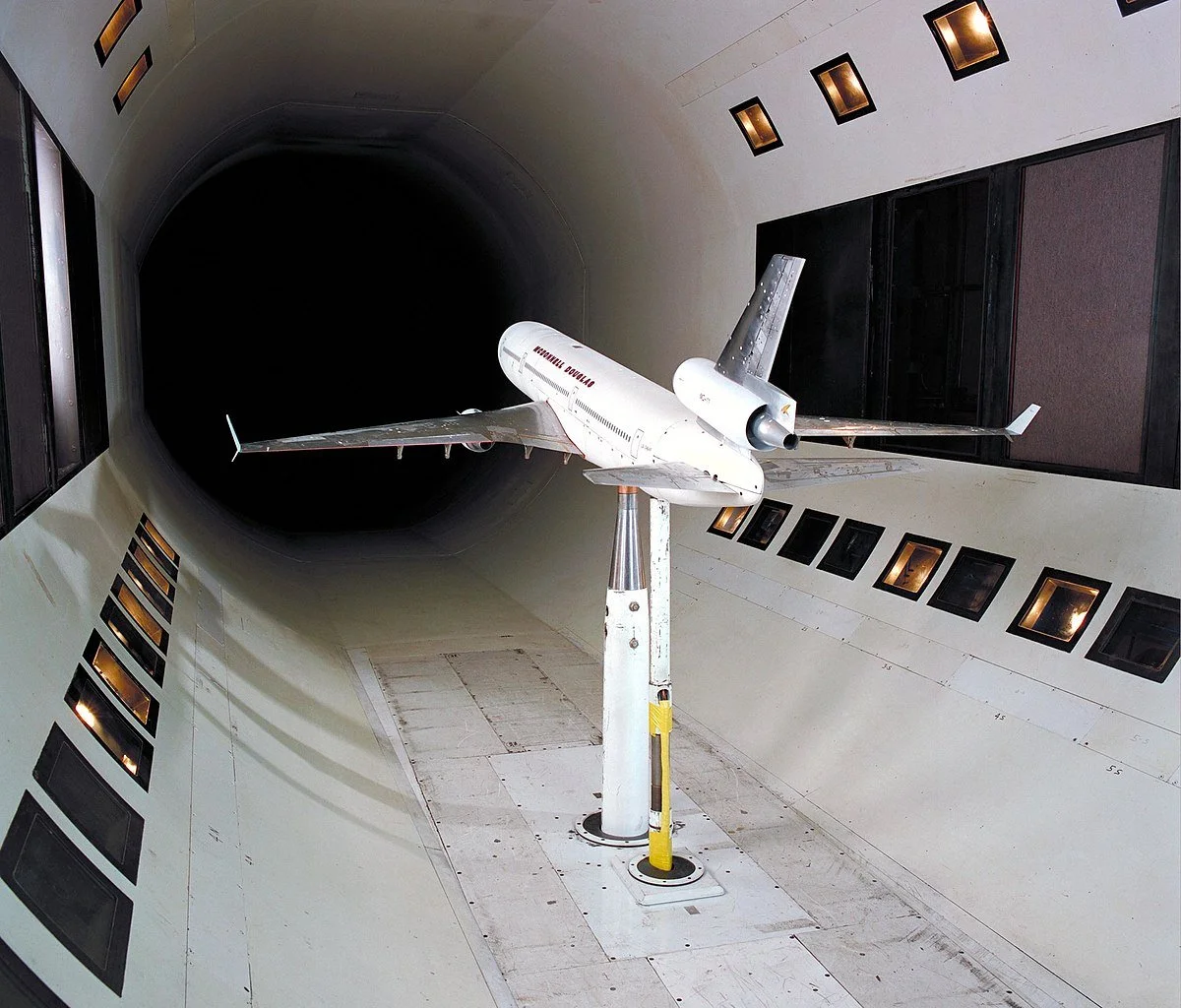
Computational Fluid Dynamics
We offer advanced Computational Fluid Dynamics (CFD) services to help clients solve complex fluid, thermal, and flow-induced structural problems. From early-stage design to late-phase troubleshooting, our simulations provide high-fidelity insight into real-world performance—supporting improved efficiency, safety, and durability.
Our CFD expertise spans both single- and multiphysics environments, with tailored workflows for sectors including aerospace, automotive, energy, and industrial machinery.
Our CFD Capabilities Include:
Internal and External Flow Simulation
Detailed modelling of flow through ducts, nozzles, cooling channels, turbomachinery, and around vehicles or structures to evaluate pressure losses, separation, and aerodynamic performance.Aerodynamics and Aero-Thermal Analysis
Prediction of lift, drag, and flow behaviour for fixed and rotating bodies, including thermal loading on exposed surfaces and aerodynamic heating effects.Thermal Management and Conjugate Heat Transfer (CHT)
Coupled solid-fluid simulations for evaluating component cooling, electronic enclosures, battery packs, and heat exchangers under steady or transient conditions.Multiphase and Free-Surface Flow
Simulation of systems involving air-liquid interaction, spray dynamics, cavitation, sloshing, and flow through porous or wetted surfaces.Fluid-Structure Interaction (FSI)
Coupled CFD-FEA simulations to evaluate fluid-induced deformation, thermal distortion, and structural fatigue caused by dynamic pressure or vibration loading.Vibro-Acoustics and Flow-Induced Noise
Prediction of sound generation due to turbulent flow and pressure fluctuations. Applications include muffler design, valve/duct noise analysis, and tonal noise in fans and compressors.Automotive NVH (Noise, Vibration & Harshness)
CFD-based NVH studies to assess wind noise, cooling fan acoustics, and cabin airflow—integrated with structural response to evaluate passenger comfort and system reliability.Turbulence Modelling
Use of RANS, LES, DES, and hybrid approaches to accurately predict turbulence, wake structures, and unsteady flow phenomena in high Reynolds number applications.
Our team combines validated simulation workflows with deep engineering judgement to support development and verification of aerodynamic, thermal, and flow-driven systems. Whether optimizing airflow over a wing, reducing fan noise in a product, or predicting stress due to fluid transients, we provide data-driven insights that support confident, informed decisions.



